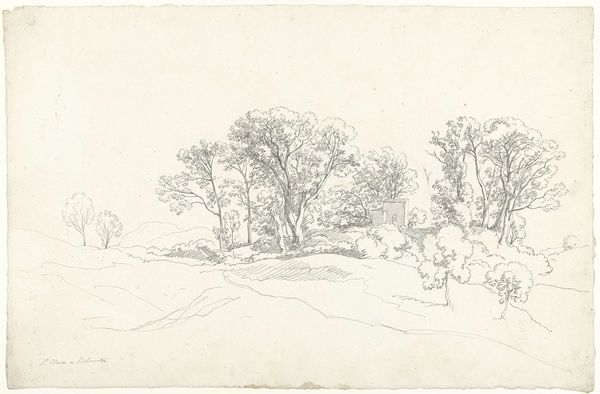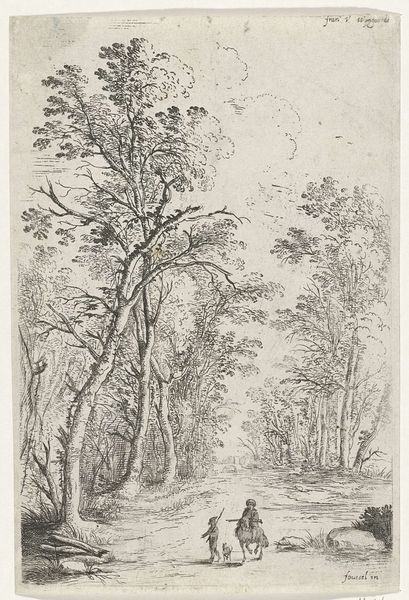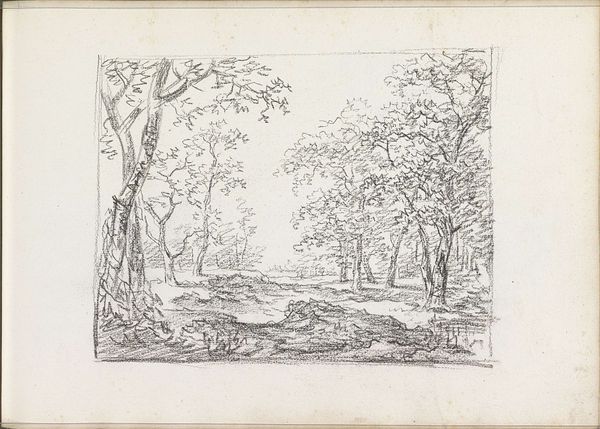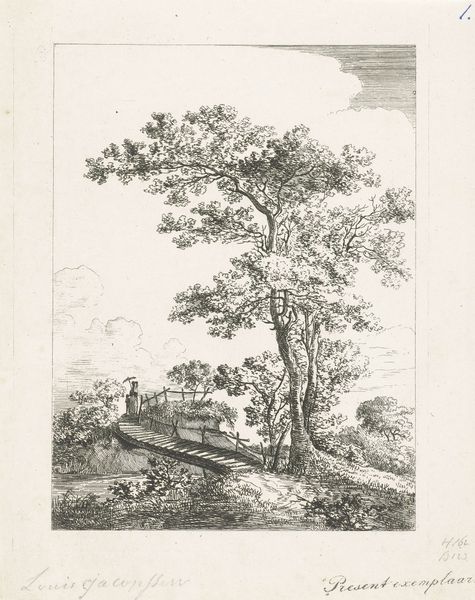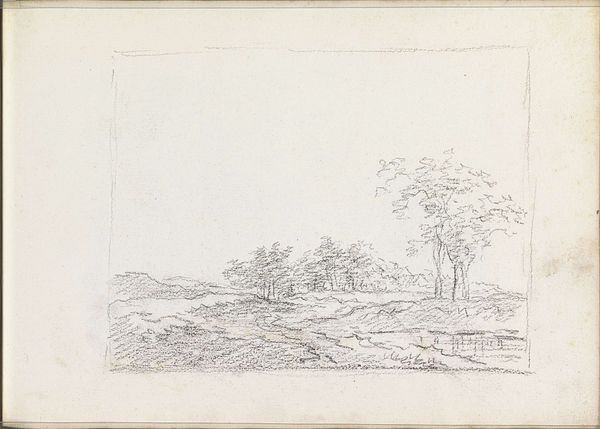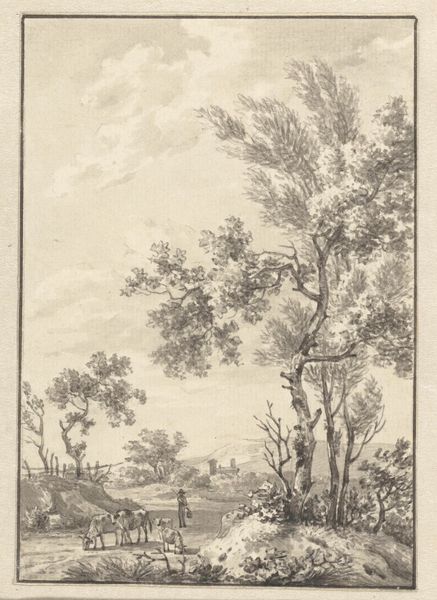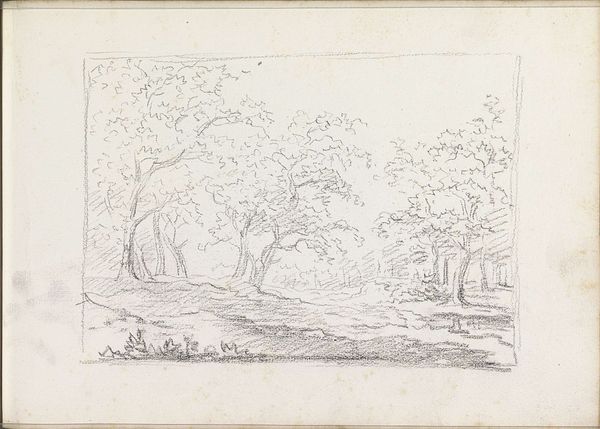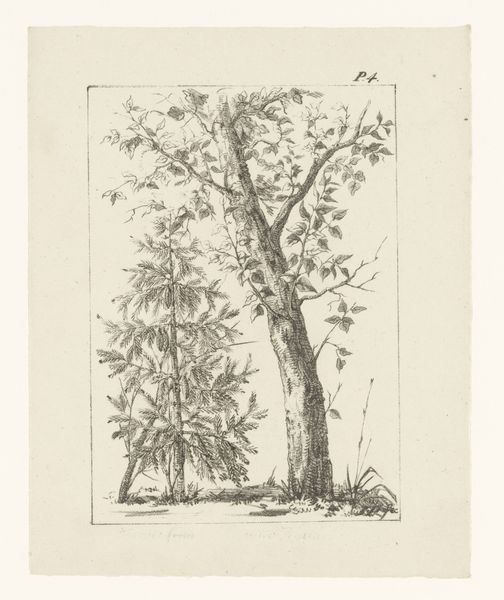
drawing, print, etching, engraving
#
drawing
# print
#
etching
#
landscape
#
etching
#
engraving
Dimensions: height 230 mm, width 144 mm
Copyright: Rijks Museum: Open Domain
This print from 1678, of the ‘Capture of Zoutleeuw’, was made in the Netherlands by an anonymous artist. It depicts a military engagement with foot soldiers and cavalry crossing a small body of water, framed by trees on the banks. But this image isn’t just a record of a military event. It's a product of the ongoing power struggles in the Low Countries. Zoutleeuw, located in what is now Belgium, was a strategic site in the conflicts between the Dutch Republic and Spanish-controlled territories. Military images like these weren't neutral; they served to bolster national pride, justify political actions, and shape public opinion. Prints like this were crucial for disseminating information in a pre-digital age. They provided visual accounts of events, shaping how people understood their world. By studying the visual style, the historical context, and the institutional forces at play, we can uncover the complex social dynamics embedded in this seemingly simple image. Examining archival sources, military records, and period publications helps to understand better the print's original purpose.
Comments
No comments
Be the first to comment and join the conversation on the ultimate creative platform.

